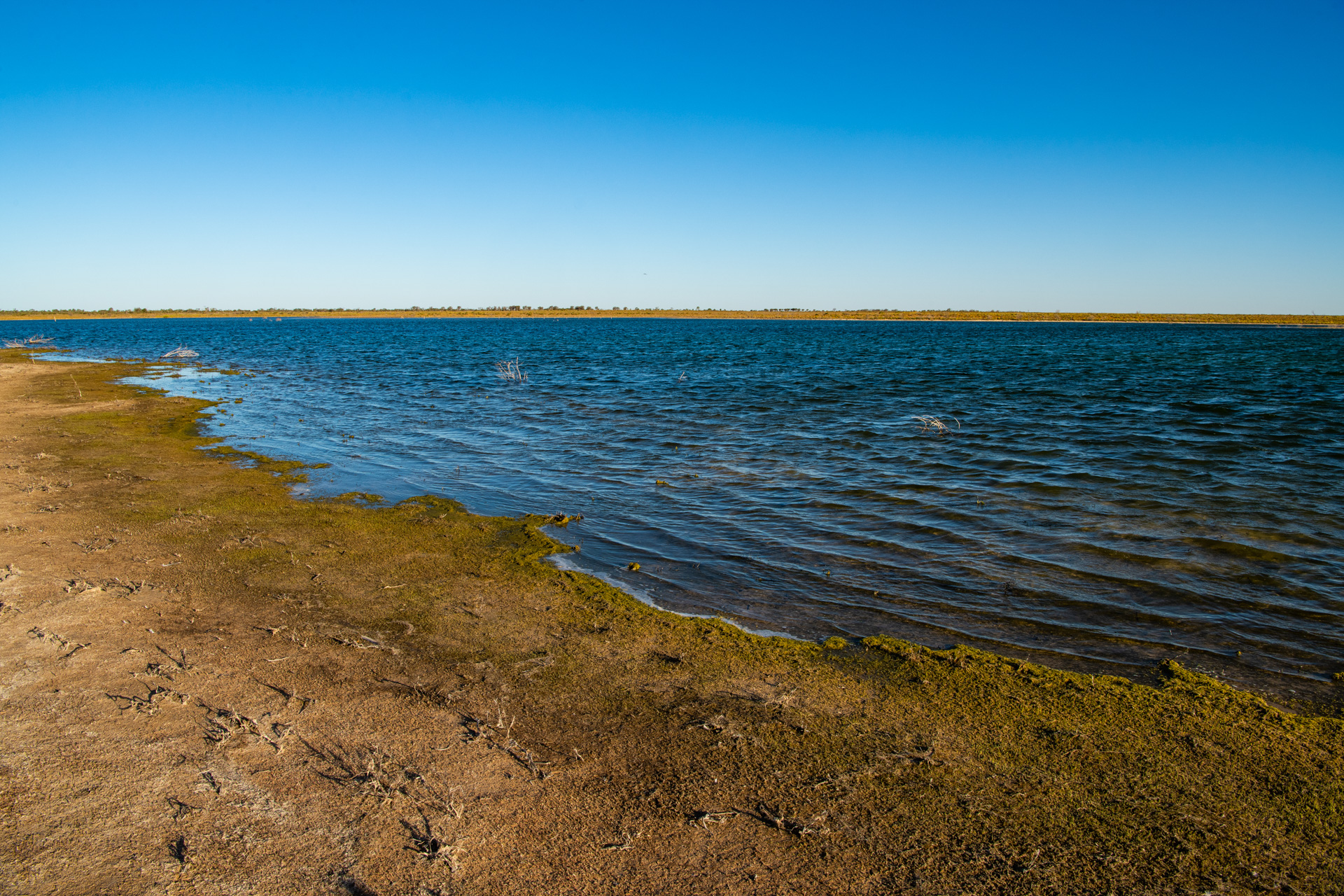|
|
Salinity (water)Salts (sodium, magnesium, sulfate, calcium and other ions[5]) are an integral part of the biogeochemistry of the biota of wetlands and the substrates of wetlands. Salinity in water can also be a natural characteristic of the ecosystem, and a lack of salt can be detrimental to species in marine and estuarine environments. However, high concentrations of salts can be toxic to freshwater species. Areas with high naturally saline in waters include salt lakes, salt pans, salt marshes, salt flats, mangroves and the ocean. Natural salinity also occurs in arid areas with low rainfall, where they develop due to excessive evaporation of water[4]. Salinity in water can also be a natural characteristic of the ecosystem. It is an integral part of the biochemistry of the biota of wetlands - and a lack of salt can also be detrimental to species in saline and estuarine environments. Natural areas with salinity in the soil include salt lakes, salt pans, salt marshes and salt flats. Natural salinity also occurs in arid areas with low rainfall, where they develop due to excessive evaporation of water[1]. Quick facts
Salt is derived from the weathering of underlying geology and is transported and deposited in the landscape by hydrologic processes (rainfall and water movement above and below the terrestrial surface). The generally accepted cut-off between fresh and saline waters is 3 grams of salt per litre of water. Freshwater species transition to halophytic species (salt-tolerant) species from 1 – 4 grams per litre. The biggest impact of salinity in water is the salinisation of previously fresh waterways and wetlands. The quality of water is reduced, impacting drinking and irrigation, and significantly changing the functions of aquatic habitats. Riparian zones can be at risk as they occupy the lowest part of the landscape where saline groundwater is released to the surface. Salt in water also allows fine materials to flocculate which allows more sunlight into water. This can lead to harmful algal blooms. Many wetlands, particularly in inland Australia, have a range of salinities across their drying-filling phases, and different species will be present during different phases. Many species of brine shrimp, clam shrimp and shield shrimp are adapted to extreme salinity levels in water. Estuarine ecosystems are subject to both tidal influence and freshwater dilution via rainfall run-off, riverine flows and groundwater. Different levels in flows of saline water, and freshwater, trigger movement and reproduction that are essential life processes for fish, prawns and crabs - especially in strong monsoonal areas such as the Gulf of Carpentaria[3]. Managing salinity in groundwater systems involves striking a balance between the volume of water entering (recharge) and leaving (discharge) the groundwater system. The Salinity Risk Assessment Framework is the preferred method to assess salinity risk in Queensland[2]. For more information on preventing and managing salinity, see Preventing and managing salinity. The Salinity management handbook provides a comprehensive description of salinity processes and management in Queensland landscapes. Links and referencesEffects of increasing salinity on freshwater ecosystems in Australia References
Last updated: 15 September 2023 This page should be cited as: Department of Environment, Science and Innovation, Queensland (2023) Salinity (water), WetlandInfo website, accessed 18 March 2024. Available at: https://wetlandinfo.des.qld.gov.au/wetlands/ecology/components/water-chemical/salinity-water/ |

 — Department of Environment, Science and Innovation
— Department of Environment, Science and Innovation


